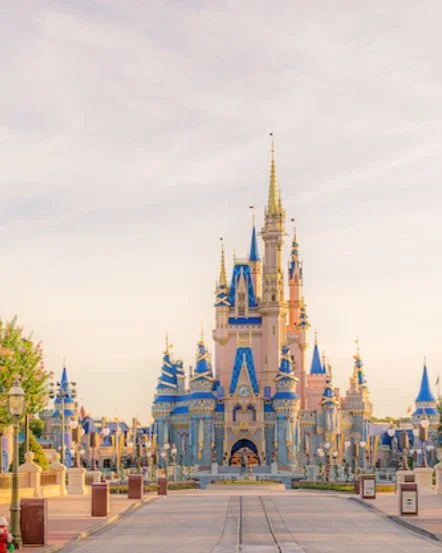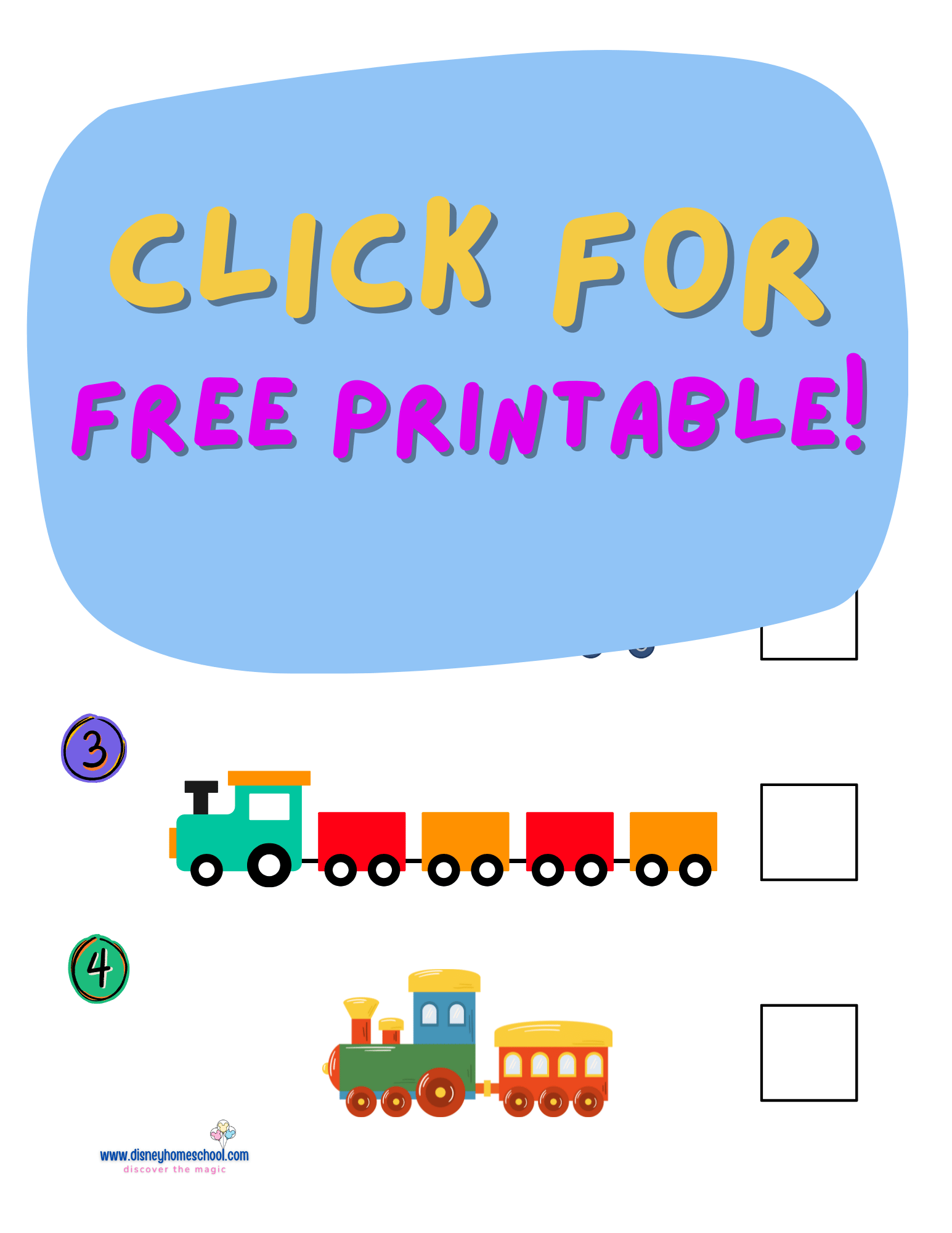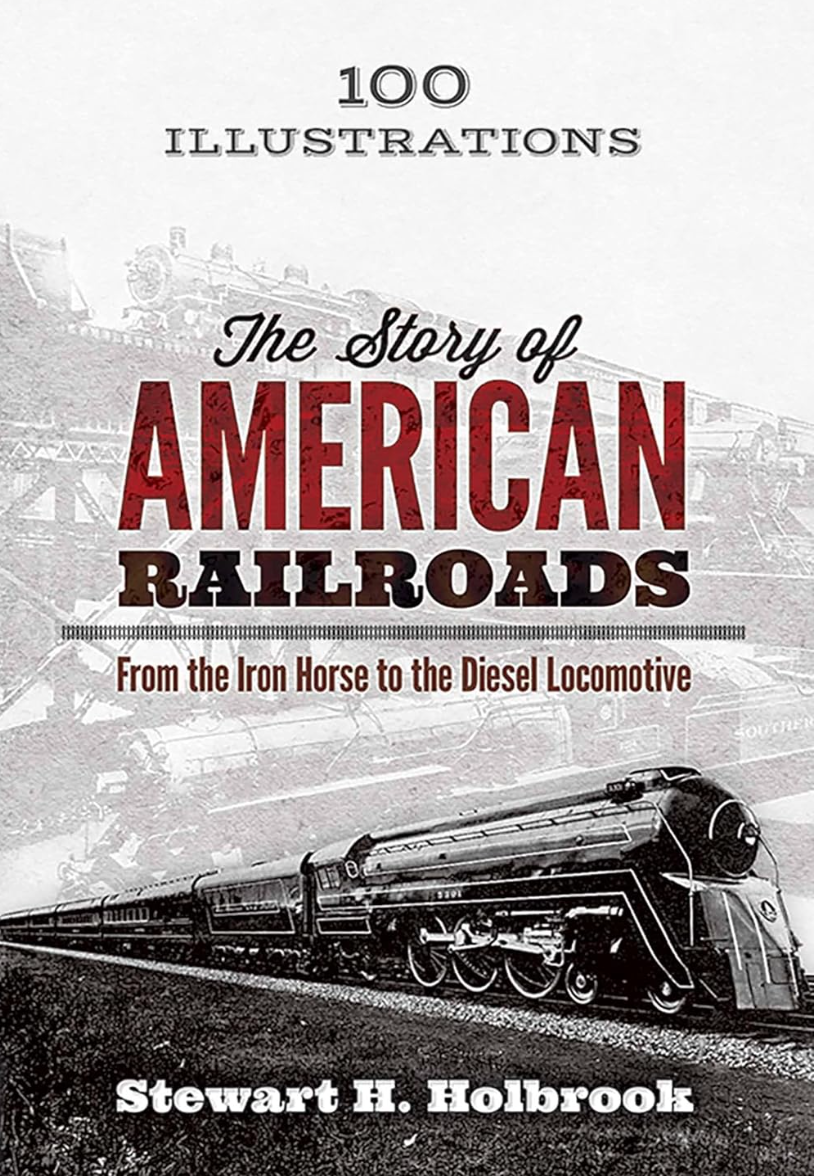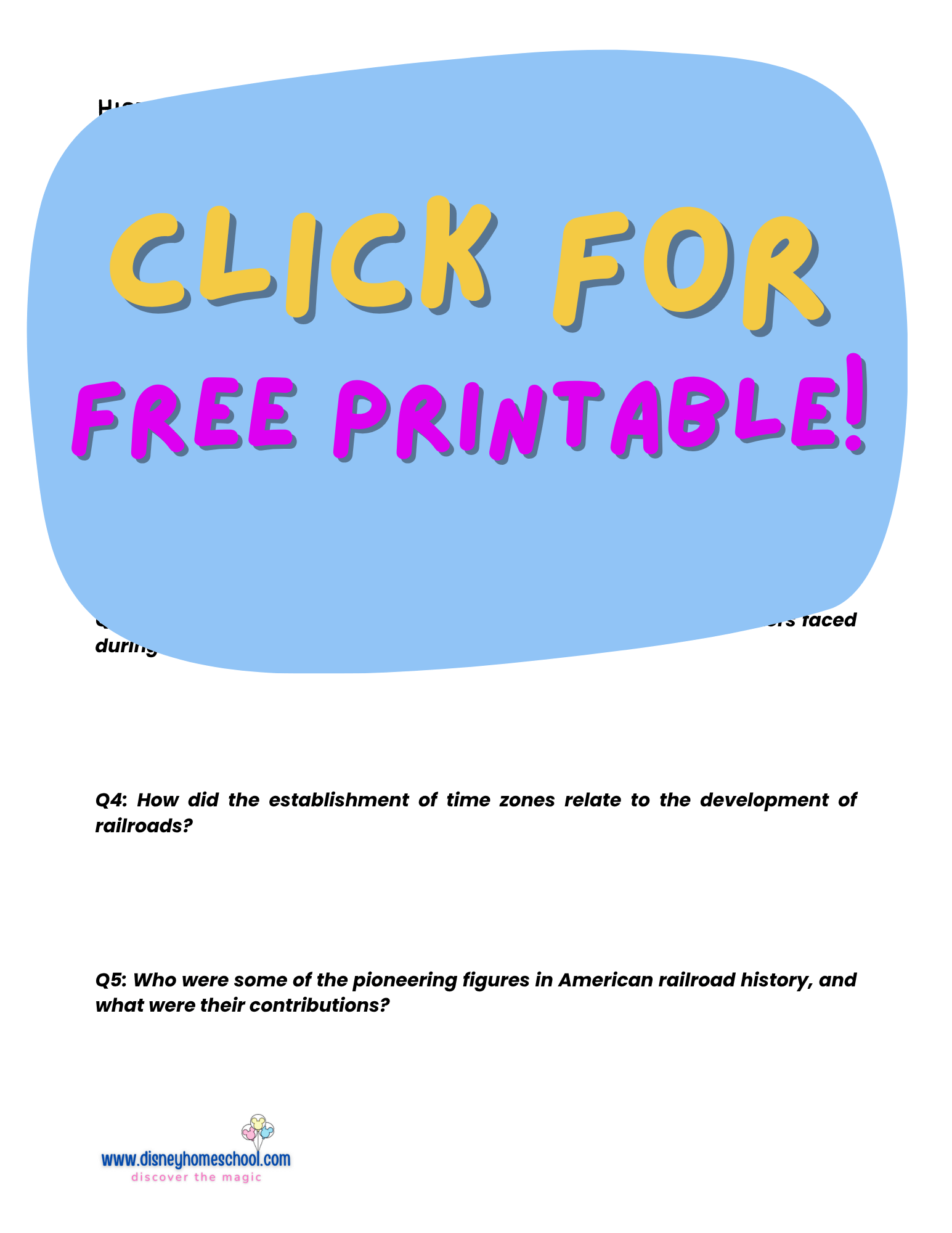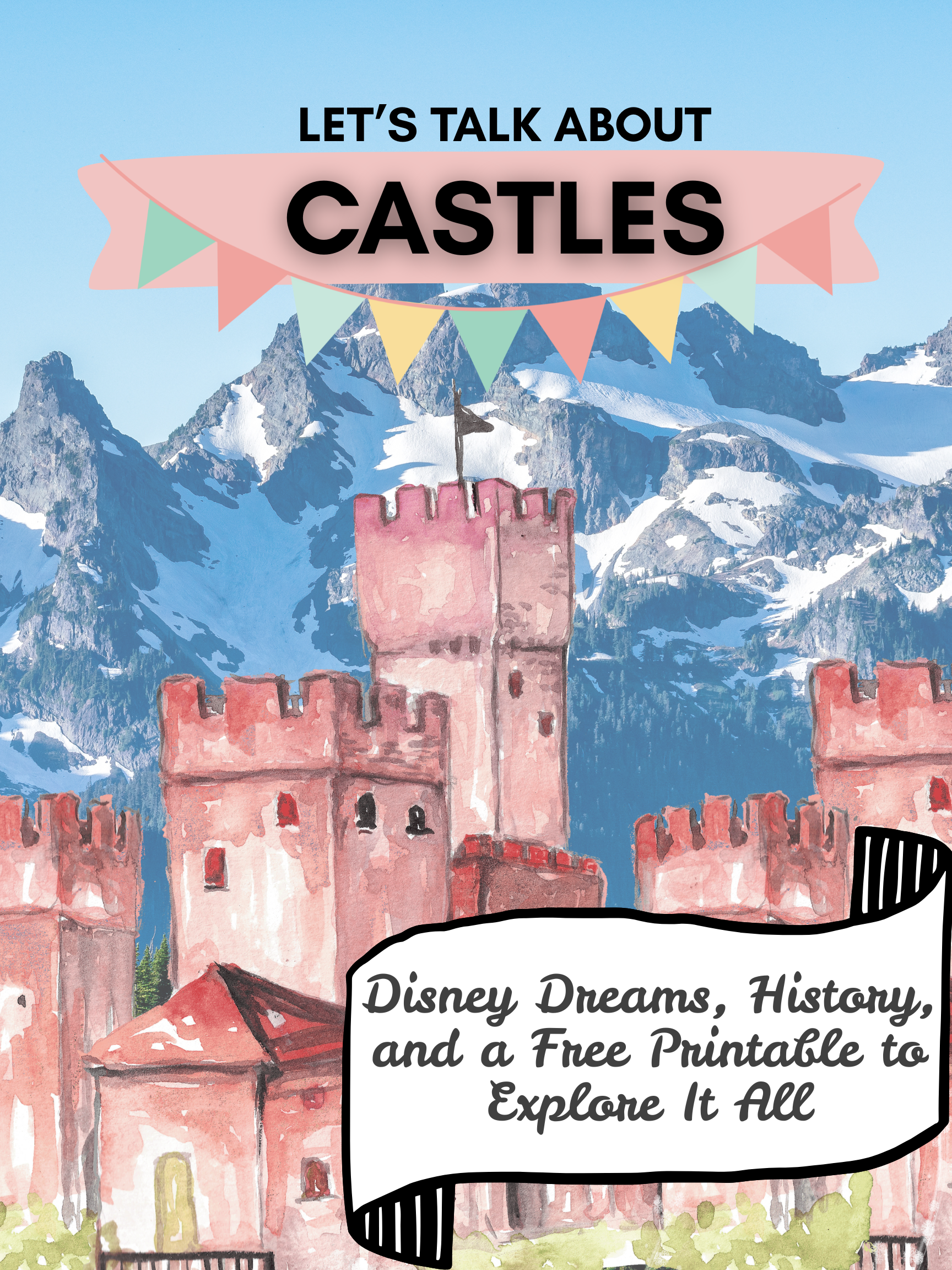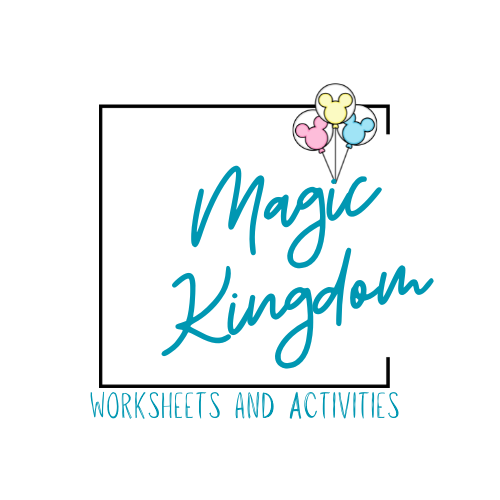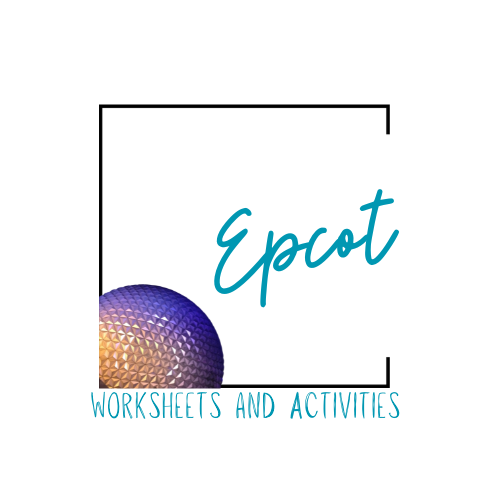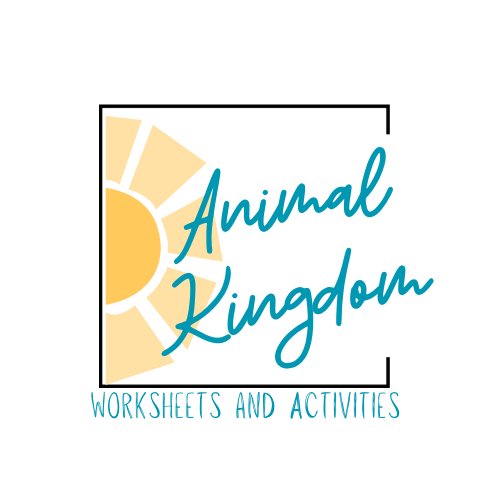Main Street USA
Main Street, U.S.A. serves as the grand entrance to the Magic Kingdom and holds deep historical and emotional significance in the story of Walt Disney and American culture. Designed to represent an idealized version of a turn-of-the-century American town, Main Street was inspired by Walt Disney’s boyhood memories of Marceline, Missouri. It reflects a nostalgic view of small-town America during a time of optimism, innovation, and community spirit. Fun fact: the layout and experience of Main Street were deliberately designed to feel like the opening act of a theater performance. The entrance tunnel under the railroad acts as the curtain rising, the park map you receive is the “program,” and the cast members are literally referred to as "Cast Members" because you are stepping into a living show.
The architecture and details along Main Street, U.S.A. also pay tribute to important elements of American history and innovation. Buildings are crafted using a technique called "forced perspective," where structures are built slightly smaller at higher levels to make them appear taller and grander. This clever design helps Main Street feel both majestic and inviting at the same time. The names on the windows above the shops are another incredible detail: they act like credits in a movie, honoring the real-life Imagineers, designers, and company leaders who helped create Walt Disney World. For example, Roy O. Disney’s name appears above the Main Street Confectionery, recognizing his role in bringing Walt’s dream to life after Walt’s passing. Even the smell of fresh-baked goods wafting through the air is intentional, thanks to hidden scent machines called "smellitzers," meant to create a full sensory experience.
Historically, Main Street, U.S.A. is significant because it encapsulates the spirit of Walt Disney’s philosophy: honoring the past while inspiring the future. It is not merely a themed entryway but a deliberate statement about community, dreams, and storytelling. Walt believed deeply in the idea that innovation must be grounded in human connection, and Main Street reflects that belief. It welcomes guests with familiarity and heart before they venture into the worlds of fantasy, adventure, and discovery. By starting the guest experience in a place that feels like "home," Disney creates a bridge between reality and imagination that invites everyone, regardless of age, to believe that anything is possible — a message that continues to resonate with millions of visitors each year.
Pre-K and Kindergarten
Math and Counting: Counting is a fundamental skill that serves as the cornerstone for early mathematics and cognitive development in pre-kindergarten and kindergarten children. It helps young learners understand quantity, develop number sense, and build confidence in problem-solving. Through counting, children enhance their ability to recognize patterns and relationships between numbers, which supports their logical thinking skills. Additionally, counting fosters fine motor skills as children manipulate objects for counting, and it encourages social interaction as they engage in group activities. Overall, mastering counting not only lays the groundwork for more advanced mathematical concepts but also encourages a love for learning through hands-on and playful experiences.
In this free WDW printable, count the cars in each train group.
Upper Elementary and Middle School
History: Read The Story of American Railroads by Stewart H. Holbrook and complete the reading comprehension and analysis worksheet.
The book The Story of American Railroads by Stewart H. Holbrook provides a rich historical context that enhances the experience of the Walt Disney World Railroad. Holbrook's narrative delves into the development of the railroad system in America, highlighting the technological advancements and the social transformations that accompanied this evolution. By understanding these historical milestones, visitors to the Walt Disney World Railroad can appreciate how the attraction serves as a representation of the broader narrative of American railroads. The themes of innovation, connection, and community woven throughout Holbrook's work are mirrored in the experiences provided by the Disney railroad, where guests are transported not only through the park but also through a time capsule of American history. This connection fosters a deeper appreciation of how railroads, as depicted in Holbrook's storytelling, have shaped not just physical landscapes but also cultural identities, resonating with the values that the Walt Disney World Railroad aims to convey.
Engineering: The Thames & Kosmos TrainBots: 2-in-1 STEAM Maker Kit is an excellent educational tool for children, providing hands-on learning in robotics and engineering, which connects naturally to the WDW Railroad in Magic Kingdom. Here's how this product supports learning and links to the Disney attraction:
Educational Value:
Engineering and Robotics: By allowing children to build two different steampunk-themed robots, the kit helps develop problem-solving and mechanical skills. These skills are crucial in understanding how machines, like trains, function, including concepts such as movement, power, and assembly.
STEAM Learning: The integration of Science, Technology, Engineering, Art, and Math (STEAM) is a cornerstone of this kit. Children explore fundamental principles like circuits, motors, and ultrasonic technology while fostering creativity in robot design.
Ultrasonic Atomizer: The kit includes an ultrasonic atomizer that creates a steam effect, which is both a visual and scientific representation of how steam engines (like the locomotives on the WDW Railroad) operate by turning water into vapor. This provides a practical understanding of the phases of matter and how technology can mimic historical engineering feats.
Sound Waves & Light: The robots include LED lights and ultrasonic technology, teaching children about light waves and sound waves, which are essential components of modern train systems, signaling systems, and steam-powered machinery.
Storytelling & Engagement: The comic-book-style manual ties directly into creative storytelling, much like the immersive experiences created by Disney attractions. Children engage with the narrative of the robots they build, encouraging imaginative play alongside technical learning.
Connection to WDW Railroad:
The WDW Railroad is a classic steam-powered train that loops around the Magic Kingdom, evoking nostalgia and celebrating the historical importance of railroads. This product:
Mimics the train experience: The ultrasonic steam and rolling train robot simulate a real steam locomotive, similar to those featured in the WDW Railroad, making the connection between past and present engineering technology more relatable.
Hands-on Train Building: Kids who build the train version of the robot can explore the same mechanisms that power the WDW Railroad trains, fostering a deeper appreciation for how they function and their history.
By linking this product to the Magic Kingdom's WDW Railroad, children gain both historical insights into steam engines and a modern understanding of engineering, all while connecting their learning to a beloved Disney attraction.


